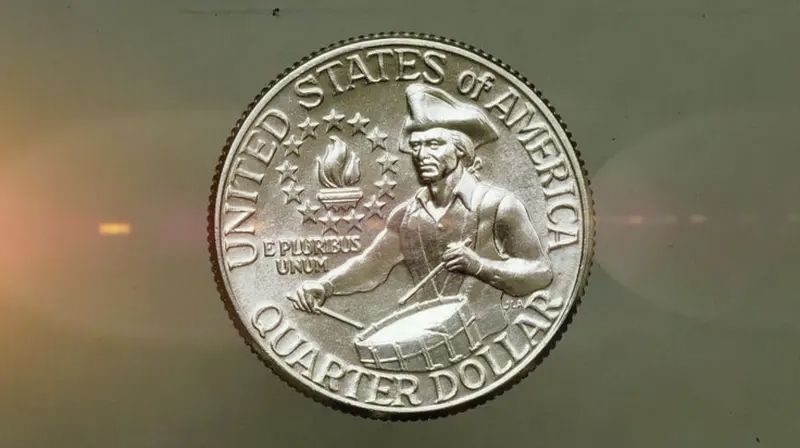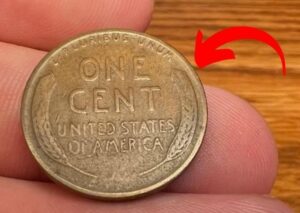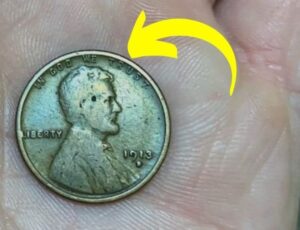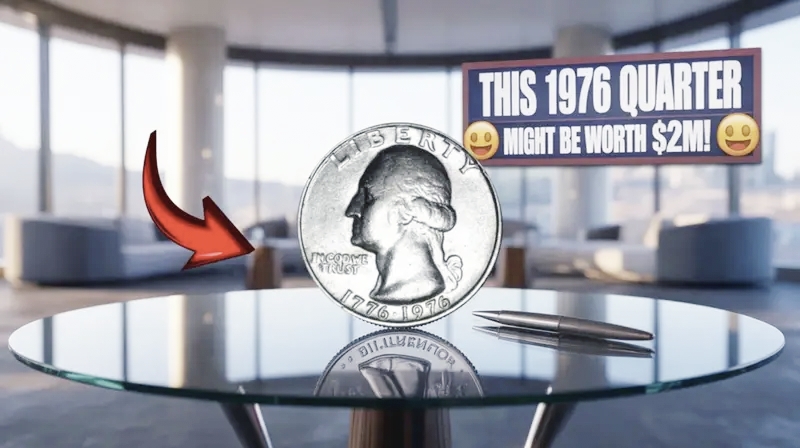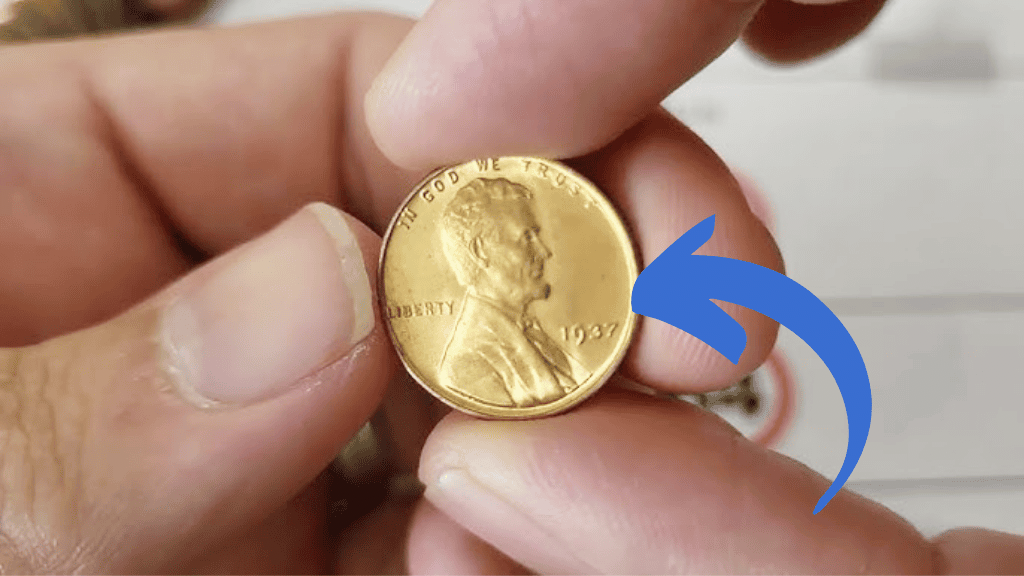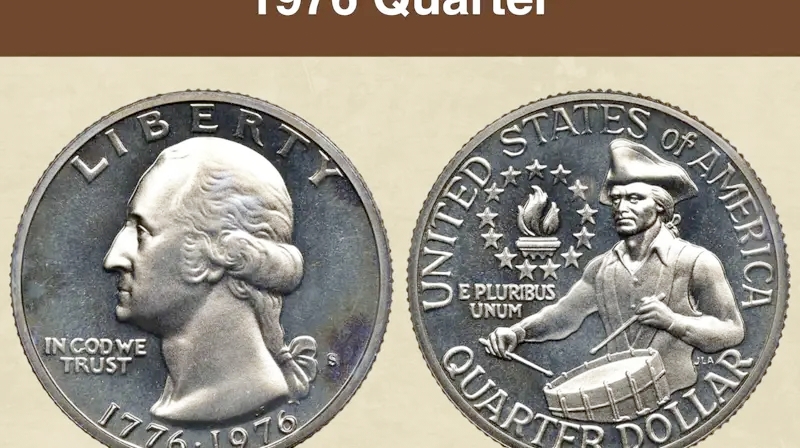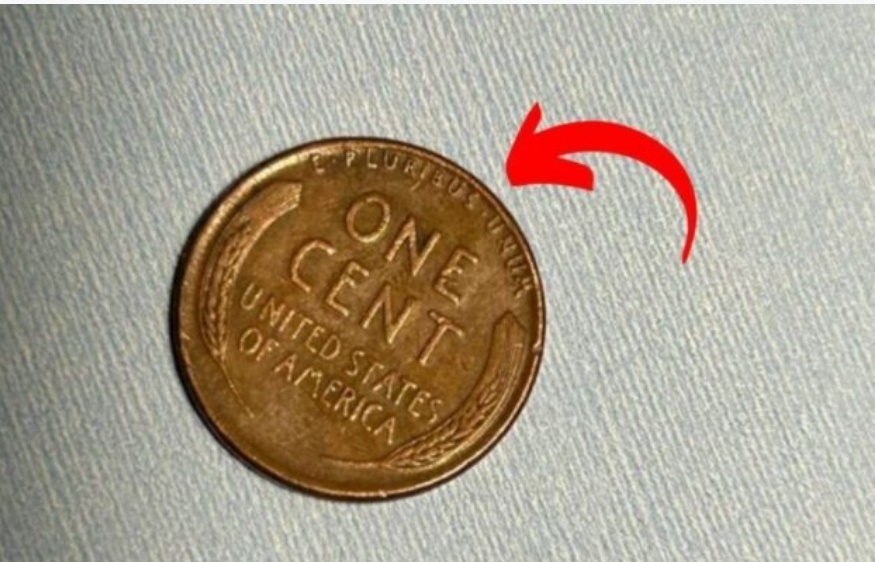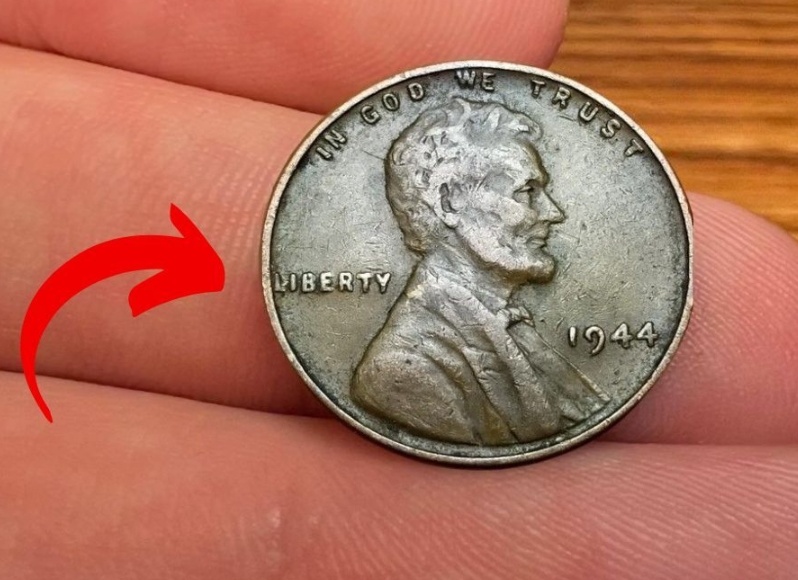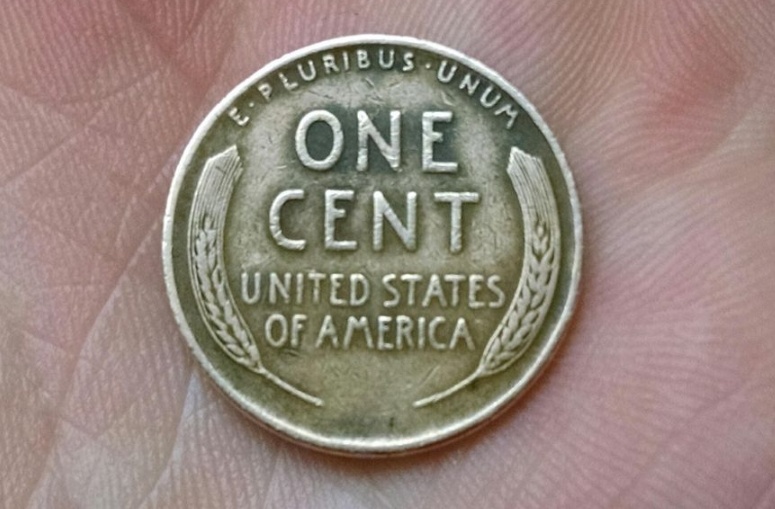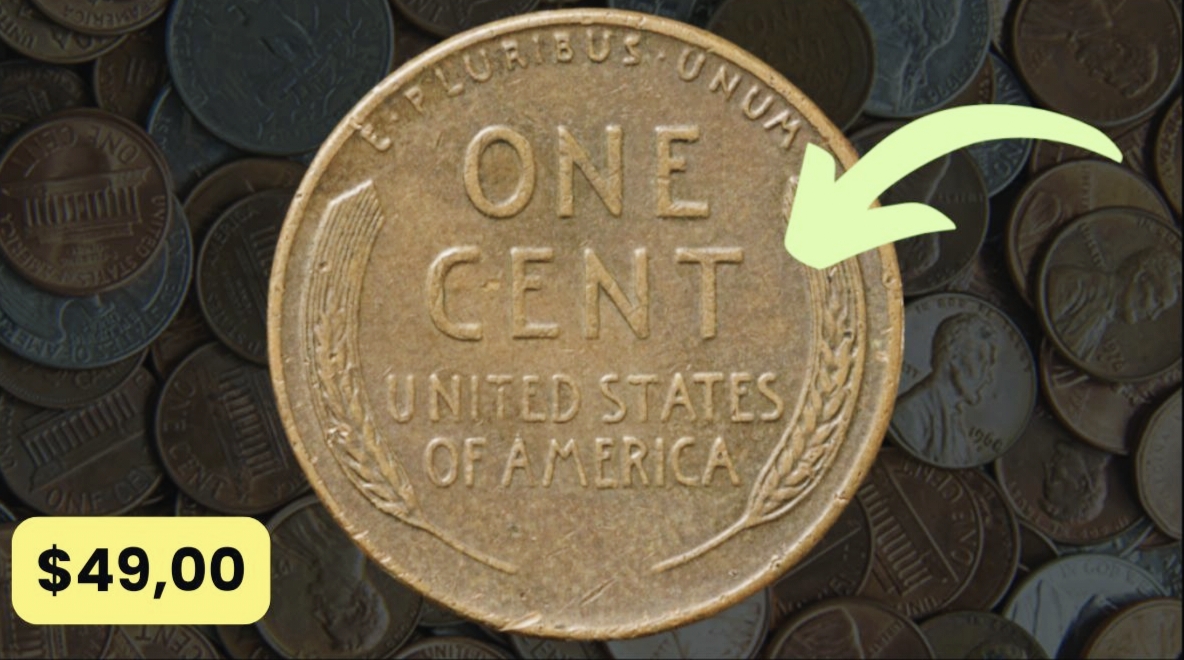Have you ever rummaged through your loose change and wondered if a coin could be worth more than its face value? In 1976, the U.S. Mint released the Bicentennial Quarter to celebrate America’s 200th anniversary. Most of these quarters are worth just 25 cents, but a rare few could make you thousands of dollars richer. Yes, you read that right—a quarter in your pocket could be a hidden treasure! Let’s dive into the fascinating world of the rare Bicentennial Quarter, uncover what makes it so valuable, and learn how to spot one.
What Is the Bicentennial Quarter?
The Bicentennial Quarter was minted in 1975 and 1976 to commemorate the 200th anniversary of American independence. Unlike regular quarters, it features a unique design: a colonial drummer on the reverse and a dual date of “1776-1976” on the obverse. Over 1.6 billion of these coins were produced, making them common in circulation. But hidden among them are rare variants that collectors eagerly seek.
Why does this matter to you? Even if you’re not a coin collector, knowing about these rare quarters could turn a casual glance at your change into a life-changing discovery. Let’s explore what sets these valuable coins apart.
The Design That Captured a Nation’s Pride
The Bicentennial Quarter’s design is a nod to America’s revolutionary spirit. The reverse, designed by Jack L. Ahr, shows a drummer boy, symbolizing the patriots who fought for independence. The obverse retains the familiar portrait of George Washington but adds the “1776-1976” date to mark the bicentennial. This design was a hit, and millions of Americans kept these coins as keepsakes. But not all Bicentennial Quarters are created equal.
Why Are Some Bicentennial Quarters Worth Thousands?
Most Bicentennial Quarters are worth their face value—25 cents. However, specific varieties, errors, or pristine conditions can skyrocket their value. According to recent auction data, some of these quarters have sold for as much as $20,000 or more. So, what makes certain quarters so special?
Rare Variants and Minting Errors
The value of a rare Bicentennial Quarter often comes down to unique characteristics, such as minting errors or special compositions. Here are the key factors that can make your quarter a collector’s dream:
- Silver Composition Quarters: Most Bicentennial Quarters were made of a copper-nickel alloy, but a small number were struck in 40% silver for collectors. These silver quarters, especially those in mint condition, can fetch $10 to $50 or more.
- Double Die Errors: Some quarters have a “double die” error, where the design appears doubled due to a minting mistake. This error is most noticeable on the lettering or drummer design and can increase the coin’s value to hundreds or thousands of dollars.
- Off-Center Strikes: Coins that were misaligned during minting, resulting in an off-center design, are highly sought after. Depending on the degree of the error, these can sell for $100 to $1,000.
- No Mint Mark or Rare Mint Marks: Quarters minted in Philadelphia typically have no mint mark, but a missing or faint “S” mint mark (from San Francisco) can indicate a rare proof coin. These can be worth thousands.
- High-Grade Condition: Coins graded by professional services like PCGS or NGC as MS-65 or higher (near-perfect condition) are more valuable, especially if they’re silver or have errors.
Real-Life Examples of Big Finds
In 2023, a collector in Ohio discovered a 1976-S silver Bicentennial Quarter with a double die error in an old coin roll. After grading, it was valued at $19,200 at auction. Another story involves a flea market find where a buyer paid $30 for a coin that later sold for $15,000 due to its rare off-center strike. These stories show that treasures can hide in plain sight.
How to Identify a Rare Bicentennial Quarter
Could you have a valuable quarter in your pocket? Here’s how to check:
Step 1: Look at the Composition
Check if your quarter is silver. Hold it next to a regular copper-nickel quarter. Silver quarters have a brighter, shinier appearance and a slightly different weight (6.25 grams vs. 5.67 grams for copper-nickel). You can also check the edge: silver quarters have a solid silver stripe, while copper-nickel ones show a copper core.
Step 2: Inspect for Minting Errors
Use a magnifying glass to examine the coin’s details. Look for:
- Doubling in the lettering, date, or drummer design.
- Off-center designs where part of the image is cut off.
- Missing or faint mint marks (look below the date for a “D” or “S”).
Step 3: Check the Condition
Is your quarter in pristine condition? Coins with no scratches, wear, or discoloration are more valuable. Professional grading services like PCGS or NGC can assess the condition, assigning a grade from 1 to 70. Higher grades mean higher value.
Step 4: Consult a Professional
If you suspect you have a rare quarter, take it to a reputable coin dealer or grading service. They can authenticate it and provide an estimated value. Avoid cleaning the coin, as this can reduce its worth.
How Much Is Your Bicentennial Quarter Worth?
The value of a Bicentennial Quarter depends on its rarity, condition, and market demand. Here’s a quick guide:
| Type of Quarter | Estimated Value | Key Features |
|---|---|---|
| Standard Copper-Nickel (Circulated) | $0.25–$1 | Common, worn condition |
| 40% Silver (Uncirculated) | $10–$50 | Bright, silver edge, no wear |
| Double Die Error | $100–$20,000 | Doubling in design or lettering |
| Off-Center Strike | $50–$1,000 | Misaligned design |
| No “S” Mint Mark Proof | $1,000–$15,000 | Missing or faint “S” mint mark |
| High-Grade (MS-65 or Above) | $50–$5,000+ | Near-perfect condition, professionally graded |
Note: Values are approximate and based on recent auction data from sites like Heritage Auctions and eBay.
Why Collectors Love These Coins
Collectors are drawn to rare Bicentennial Quarters for their historical significance and rarity. According to coin expert David Hall, founder of PCGS, “The Bicentennial Quarter is a collector favorite because it combines patriotic symbolism with the thrill of finding a rare error.” The limited number of silver quarters and error coins adds to their allure, as does the nostalgia of the 1976 celebration.
For many, collecting these coins is like hunting for buried treasure. The excitement of finding a rare variant in a coin roll or an old jar is unmatched. Plus, the coins’ connection to America’s bicentennial makes them a tangible piece of history.
Tips for Starting Your Coin Hunt
Ready to start your treasure hunt? Here are some expert tips:
- Check Coin Rolls: Buy rolls of quarters from banks and inspect them for rare variants.
- Visit Coin Shows: Local coin shows are great places to learn from dealers and find valuable coins.
- Use Online Resources: Websites like PCGS, NGC, and CoinTrackers offer guides and value estimates.
- Join Collector Communities: Forums like Reddit’s r/coins or the American Numismatic Association provide insights and tips from fellow enthusiasts.
Protecting Your Investment
If you find a potentially valuable quarter, handle it carefully. Store it in a protective holder to prevent scratches or damage. Avoid cleaning, as even gentle wiping can lower its grade. If you’re considering selling, research recent auction prices to understand market trends. Platforms like eBay or Heritage Auctions are good places to start, but always work with reputable dealers to avoid scams.
FAQs About Rare Bicentennial Quarters
What makes a Bicentennial Quarter valuable?
A Bicentennial Quarter is valuable if it’s made of 40% silver, has a minting error (like a double die or off-center strike), or is in high-grade condition (MS-65 or above). Rare proof coins with no “S” mint mark are especially prized.
How can I tell if my quarter is silver?
Compare it to a regular quarter. Silver quarters are brighter, weigh 6.25 grams, and have a solid silver edge. Copper-nickel quarters have a copper core visible on the edge.
Where can I sell a rare Bicentennial Quarter?
You can sell through reputable platforms like Heritage Auctions, eBay, or local coin dealers. Always get the coin graded by PCGS or NGC to maximize its value.
Are all Bicentennial Quarters worth more than 25 cents?
No, most are worth their face value unless they have rare features like silver composition, errors, or high-grade condition.
How do I avoid scams when selling my coin?
Work with established dealers or auction houses, get the coin professionally graded, and research recent sales to ensure fair pricing.
Could You Have a Treasure in Your Pocket?
The next time you empty your pockets, take a closer look at those quarters. A rare Bicentennial Quarter could be hiding among them, waiting to turn your loose change into thousands of dollars. By knowing what to look for—silver composition, minting errors, or pristine condition—you can spot a hidden gem. Start your treasure hunt today, and who knows? You might just find a piece of history worth a fortune.

